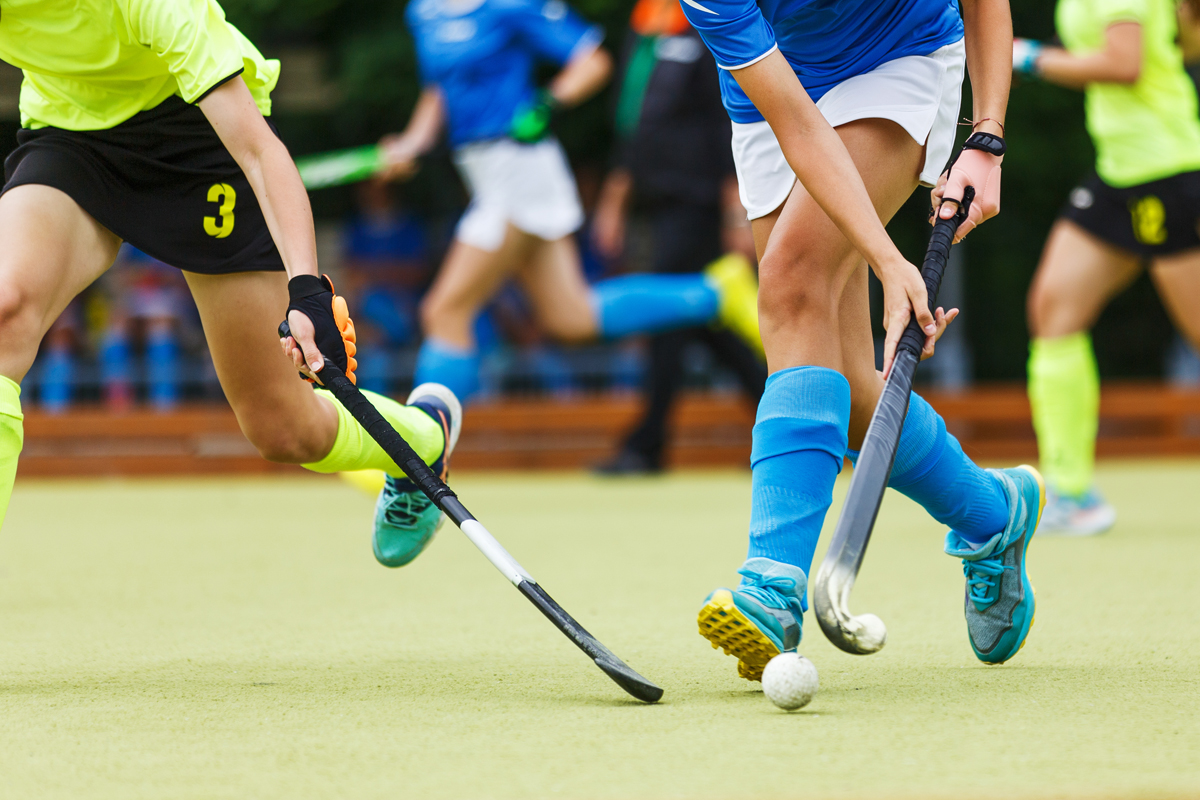Fall Sports Injury Prevention and Effective Rehabilitation Treatments for Athletes
By Dr. Kyle McDonough, PT, DPT ///
Fall is an exciting season for athletes and sports enthusiasts alike. With the start of popular sports like football, soccer, cross-country, field hockey, and volleyball, there’s a renewed focus on athletic performance and competition. However, increased activity during fall sports also brings a higher risk of injuries. From minor sprains to more serious injuries, athletes need to be proactive about prevention and know the best rehabilitation options should injuries occur.
At Scerbo Physical Therapy & Sports Rehabilitation, we create personalized injury prevention programs tailored to reduce common fall sports injuries. Our programs also include effective rehabilitation treatments to help athletes like you stay strong, resilient, and at the top of your game all season long.
Common Fall Sports Injuries
In the high-energy environment of fall sports, certain injuries are more likely to occur. Recognizing these common injuries can help athletes take steps to prevent them and respond quickly if they do happen.
• Sprains and Strains: These soft tissue injuries often result from quick changes in direction, common in sports like soccer and football. They usually involve overstretching or tearing of ligaments (sprains) or muscles and tendons (strains).
• Knee Injuries: The knee joint takes on significant stress in sports requiring sudden pivoting or intense jumping. Conditions like ACL (anterior cruciate ligament) tears and patellar tendinitis are common among athletes in fall sports.
• Fractures: High-contact sports, especially football, have a higher risk of bone fractures due to falls or collisions. Fractures often require longer recovery times and sometimes surgery.
• Concussions: A major concern in football and other contact sports, concussions can have serious long-term effects if not treated properly. Proper helmet use and monitoring of symptoms are essential.
• Overuse Injuries: For sports with repetitive motions, like running or volleyball, overuse injuries such as tendinitis and stress fractures can develop. Proper training and rest are key to managing and preventing these issues.
Preventive Measures for Athletes
Injury prevention is essential for maintaining a healthy and consistent sports season. Here are some of the most effective preventive strategies for athletes in fall sports.
• Proper Warm-Up and Stretching: A good warm-up prepares muscles and joints for intense physical activity. Dynamic stretches—like lunges, arm circles, and leg swings—help increase flexibility and range of motion, reducing the risk of strains and sprains.
• Strength Training and Conditioning: Strong muscles and a stable core improve an athlete’s control and balance, which helps prevent injuries. Focus on sport-specific strength training, particularly for vulnerable areas like knees, hips, and shoulders.
• Balance and Agility Drills: Agility exercises, such as ladder drills and cone weaving, improve coordination, which can help reduce falls and awkward landings that lead to injuries.
• Rest and Recovery: Overtraining is a common cause of injury. Rest days and adequate sleep give the body time to repair and build strength, preventing overuse injuries.
• Protective Gear and Proper Footwear: Helmets, pads, braces, and appropriate shoes should fit well and be in good condition to offer the best protection. Shoes with proper arch support and grip can prevent many foot and ankle injuries.
• Hydration and Nutrition: Staying hydrated and fueling the body with balanced nutrients enhances endurance, reduces fatigue, and aids muscle recovery, helping to prevent cramps and strains.
Immediate Response to Sports Injuries
Despite best efforts, injuries sometimes happen. Here’s how to respond promptly and effectively when they do:
• Use the R.I.C.E. Method: Rest, Ice, Compression, and Elevation are essential first-aid steps for managing sprains, strains, and bruises. R.I.C.E. helps reduce swelling and pain in the injured area.
• Seek Professional Medical Assessment: For moderate to severe injuries, consulting a healthcare provider is essential. X-rays, MRIs, or a physical examination may be necessary to accurately diagnose the injury.
• Monitor for Concussion Symptoms: If a head injury occurs, watch for symptoms such as dizziness, confusion, nausea, or headaches. Medical evaluation is crucial if any of these signs are present.
Rehabilitation Treatments for Athletes
Rehabilitation after an injury is vital to ensure a safe and strong return to sport. Here are some commonly recommended treatment methods for effective recovery:
• Orthopedic Physical Therapy: Our physical therapists design exercises that target the specific muscles and joints affected by the injury. They focus on restoring strength, flexibility, and range of motion. Our Orthopedic Physical Therapy program is especially effective for soft tissue injuries like strains and sprains.
• Sports Rehabilitation: Athletes often advance to our individualized Sports Rehabilitation program, which focuses on targeted therapeutic exercises designed to help each patient return to their highest level of function and performance.
• Performance Enhancement Training: At ScerboPT, we design individualized programs tailored to each athlete’s age, fitness level, and personal goals. Our performance enhancement specialists work with both professional and amateur athletes to improve strength, speed, agility, and coordination, helping them reach their full athletic potential.
• Blood Flow Restriction Therapy: At ScerboPT we use Blood Flow Restriction Training (BFR) as a safe and effective method that helps our patients build muscle strength and reduce pain while putting less stress on the injured or weakened limb.
• Manual Therapy: Whether it’s passively moving your joints, massaging a body region, or stretching a muscle, manual therapy allows your physical therapist to harness their knowledge of anatomy and pathology while using their own hands to treat your specific condition.
• Cryotherapy and Heat Therapy: Alternating between cold and hot treatments can help manage pain and inflammation. Cryotherapy, or cold therapy, is used early in the recovery process, while heat therapy is effective in the later stages to reduce muscle stiffness.
Returning to Play: Ensuring a Safe Comeback
According to sports associations like the American Medical Society For Sports Medicine and American Physical Therapy Association returning to a sport after an injury should be a gradual process, and rushing it can lead to re-injury. Here are key steps for a safe return to play:
• Follow a Stepwise Plan: Athletes should ease back into activity with low-impact exercises and progressively increase intensity. Physical therapists often provide structured return-to-play plans that help athletes monitor their progress.
• Use Protective Bracing if Needed: For athletes with previous injuries, a brace or support can add stability during the return phase, especially for knees, ankles, and shoulders.
• Mental Preparation: Physical recovery is only part of the journey. Sports psychologists or mental coaches can help athletes overcome the fear of re-injury, boost confidence, and maintain a positive mindset.
• Regular Monitoring and Check-Ins: Athletes should continue to check in with their physical therapist or doctor periodically to assess their progress and adjust any training as needed.
Fall sports are thrilling, but they come with their share of physical demands. By prioritizing injury prevention, responding swiftly to injuries, and following a comprehensive rehabilitation plan, athletes can stay at their best all season long. With a proactive approach, dedication to recovery, and support from medical professionals, athletes can reduce injury risks and enjoy a successful, injury-free fall sports season.
By integrating these strategies into your sports routine, you’ll be ready to tackle any challenge fall sports throw your way—stronger and healthier than ever.
Book an appointment today with one of our certified physical therapists and sports rehabilitation experts.



